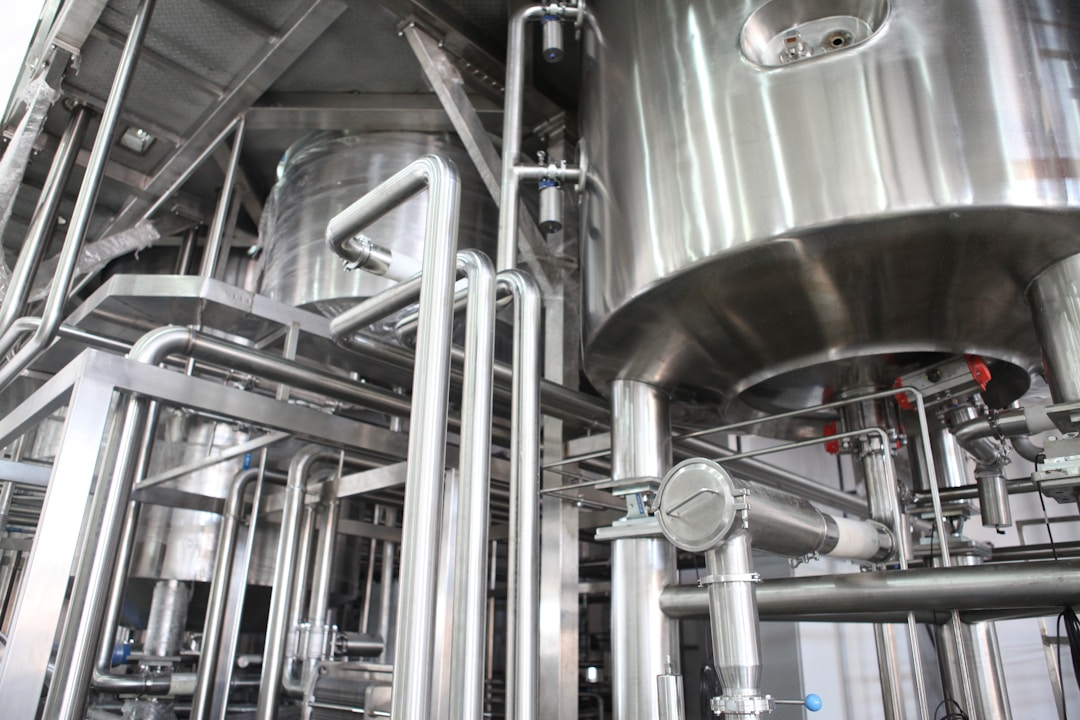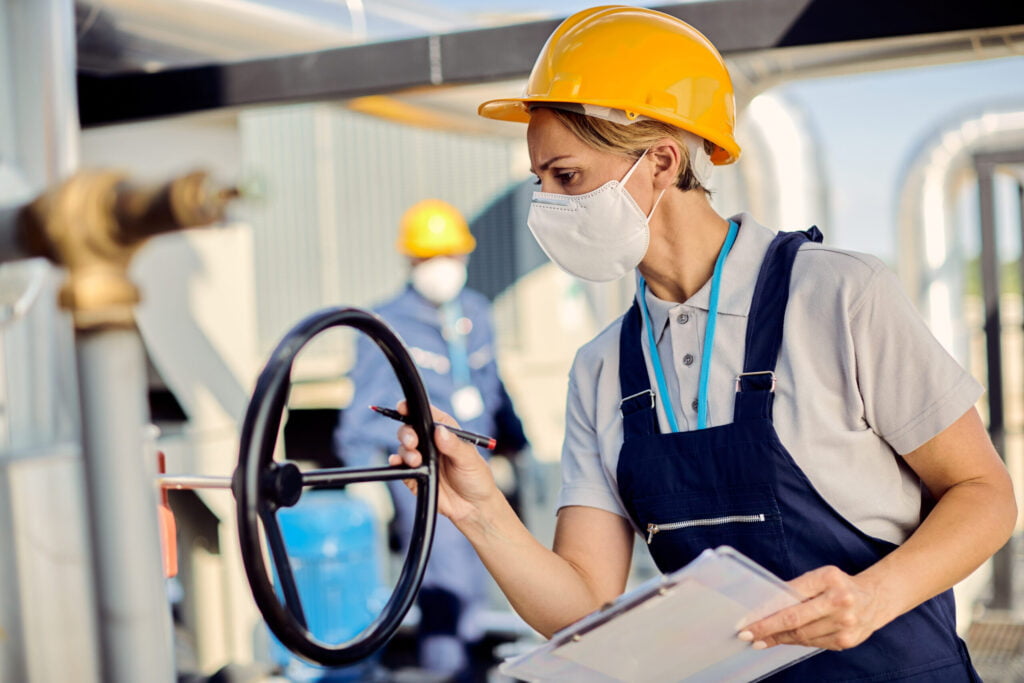Industrial facility safety is an essential aspect of daily operations. With the increasing complexity of machinery, tools, and processes, ensuring safety standards keep up with these developments is critical. Below, we explore four essential methods for improving safety in industrial facilities, benefiting the employees and the overall workspace. Keep reading to discover the best strategies for safe and efficient industrial environments.
Implementing Advanced Technology

As technology continues to advance at a rapid pace, the benefits of incorporating it into the workplace become increasingly evident. From automation to AI-driven systems, these innovative tools help streamline processes, reduce human error, and improve safety. Employing robotics to handle hazardous materials or heavy lifting can significantly limit the risk of accidents or injuries while maintaining facility productivity.
Moreover, the use of sophisticated monitoring systems, like an industrial safety solution, grants an unparalleled level of insight into daily operations. By enabling real-time tracking and monitoring, these systems can help detect safety hazards or equipment malfunctions before they escalate into larger, more dangerous issues. This proactive approach lends facility managers greater control over their environment and directly contributes to the overall safety of the workplace.
Emerging technological advancements also include wearable devices that boost employee safety. From GPS-enabled safety vests to smart helmets equipped with sensors, these gadgets provide vital data to help keep workers informed, comfortable, and ultimately safer throughout their shifts.
Training and Education
Proper training and continuous education are crucial in establishing a safety-conscious workforce. New hires should undergo comprehensive training to familiarize themselves with the facility’s specific equipment, procedures, and safety guidelines. Additionally, existing employees should be provided with refresher courses to remain up to date on current best practices and changes in protocols.
In-house training and on-the-job coaching can help reinforce safety measures, creating a culture that emphasizes the importance of a safe work environment. By offering regular workshops, seminars, and certifications, employers can ensure their workers have the skills and knowledge required to navigate potentially hazardous situations or equipment.
It’s also essential to establish a clearly defined communication channel that encourages workers to share potential safety hazards or concerns. This collaborative approach encourages a proactive safety culture, where every employee is actively engaged in maintaining an injury-free workplace.
Regular Maintenance and Inspections
Proactive maintenance and routine inspections are vital for ensuring the ongoing efficacy of safety equipment and protocols. By scheduling regular checks to assess machinery, tools, and safety systems, potential faults and hazards can be identified early before they escalate into more serious issues.
Furthermore, inspections should focus on equipment and also on the structural integrity of the facility itself. Factors such as adequate lighting, proper ventilation, and elimination of tripping hazards all contribute to a safer working environment.
To encourage consistent and thorough inspections, consider implementing a preventive maintenance program. This proactive approach helps minimize equipment downtime and reduces the likelihood of failure-driven accidents. By routinely addressing minor issues and performing necessary maintenance, facilities align themselves with a heightened safety standard.
Establishing Comprehensive Safety Protocols

Well-defined safety protocols form the backbone of every successful industrial facility. These guidelines should encompass emergency procedures, equipment usage, hazard identification, and more. To aid in their accessibility, consider displaying safety procedures prominently throughout the facility or readily providing copies for employees to review.
Regular audits of safety protocols help ensure they stay current and effective. These assessments should take into consideration changes in technology, employee feedback, and any incidents that arose within the facility. Conducting regular audits helps identify potential gaps in existing processes, allowing for necessary improvements and fortifying the safety of the facility.
By involving employees in creating and developing these safety protocols, employers can foster a sense of ownership and collaborative responsibility for maintaining a hazard-free workspace. This inclusiveness helps cement a culture of safety and well-being throughout the organization.
By following these guidelines, employers can create a safer, more productive work environment that benefits both employees and operations.



